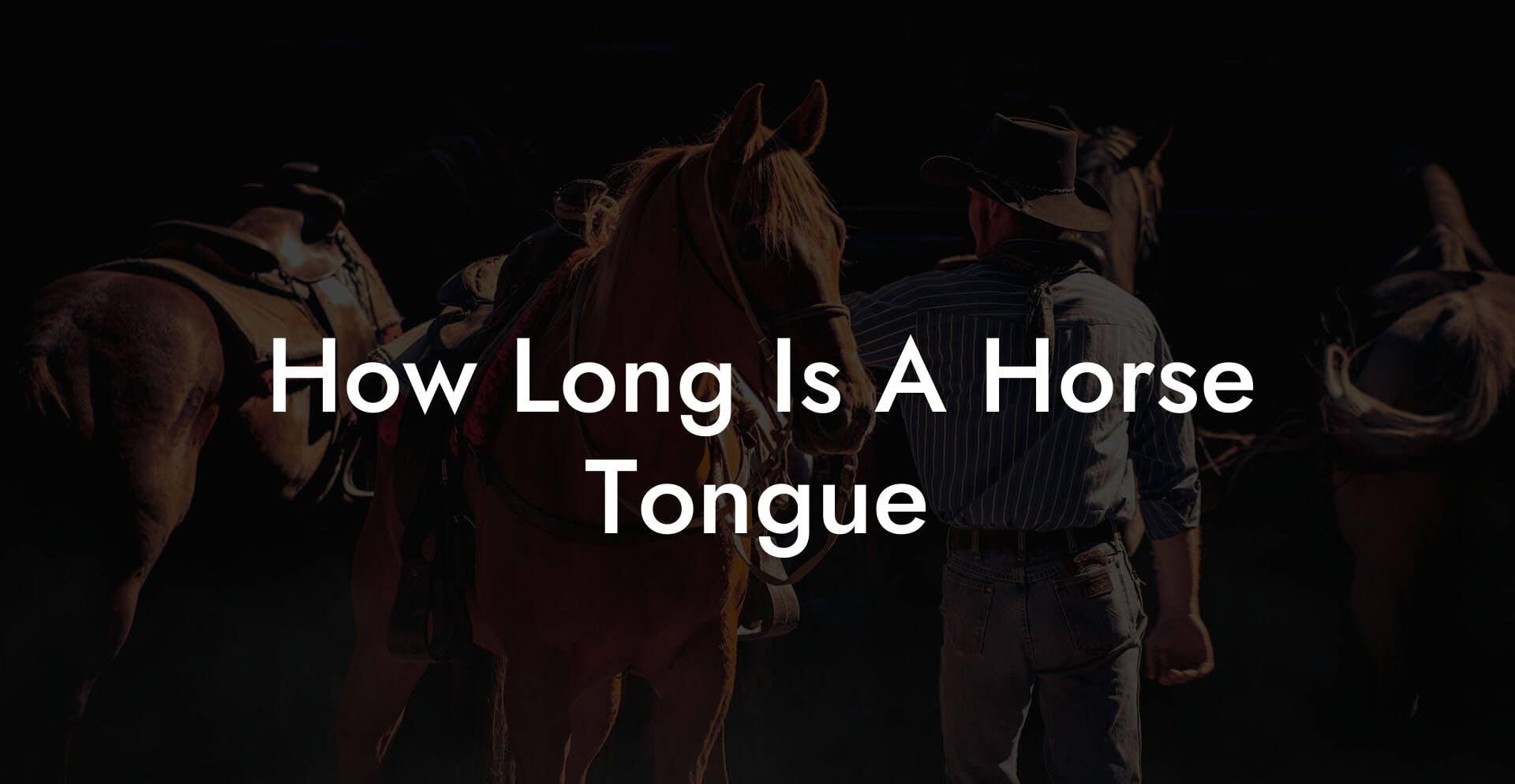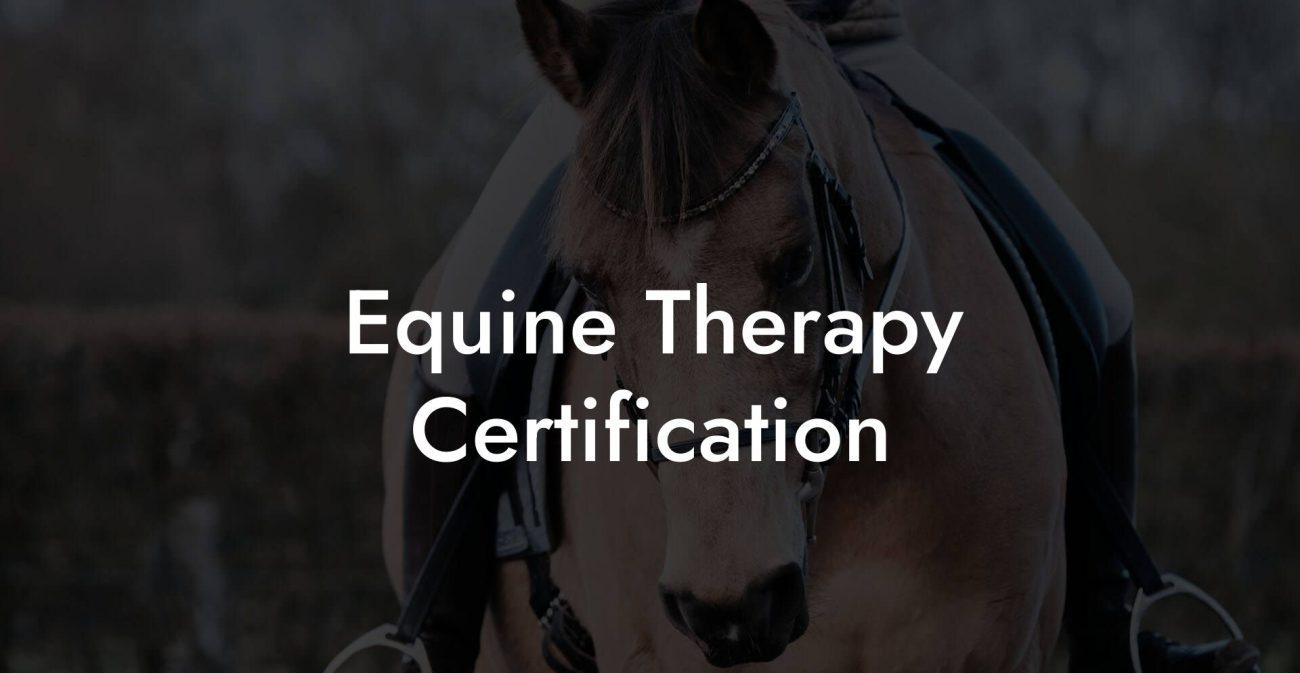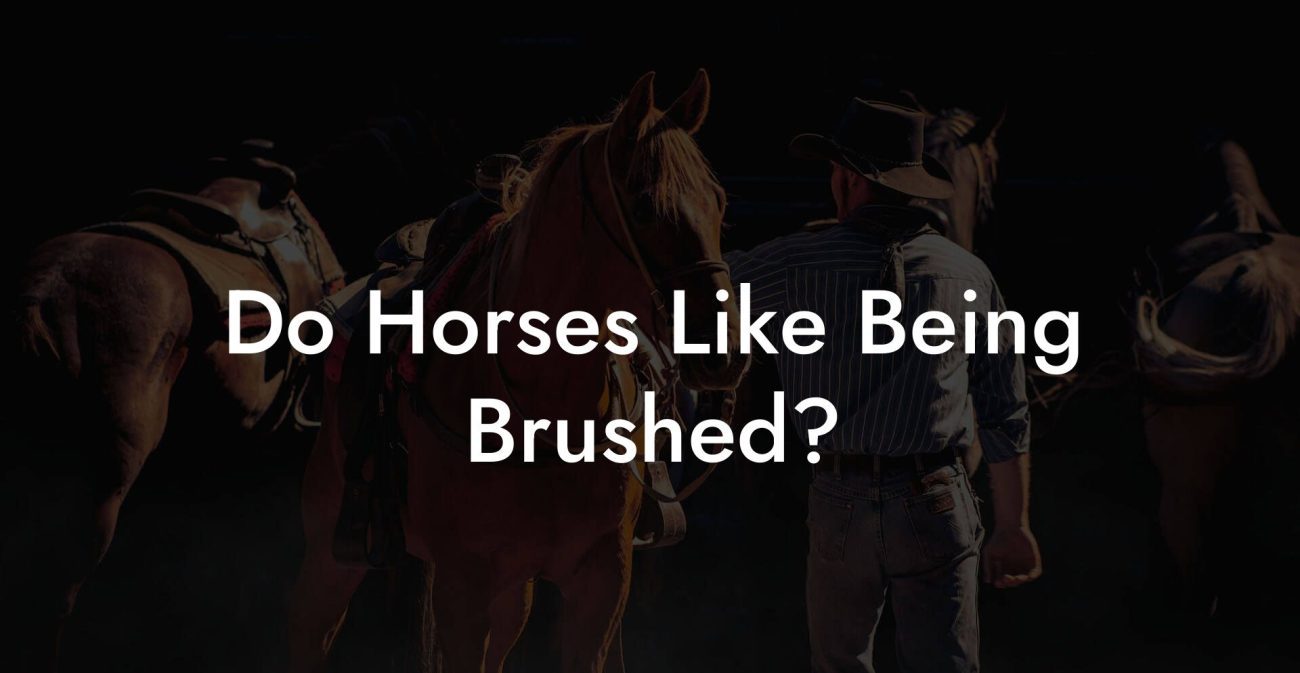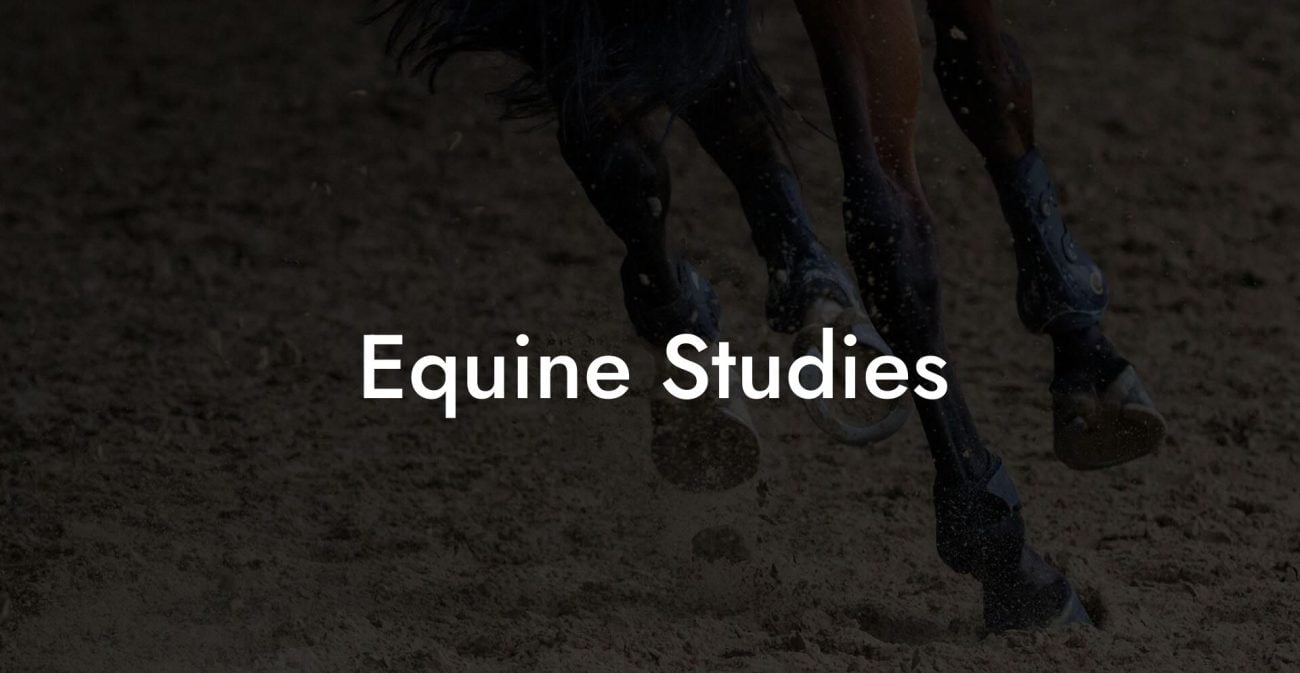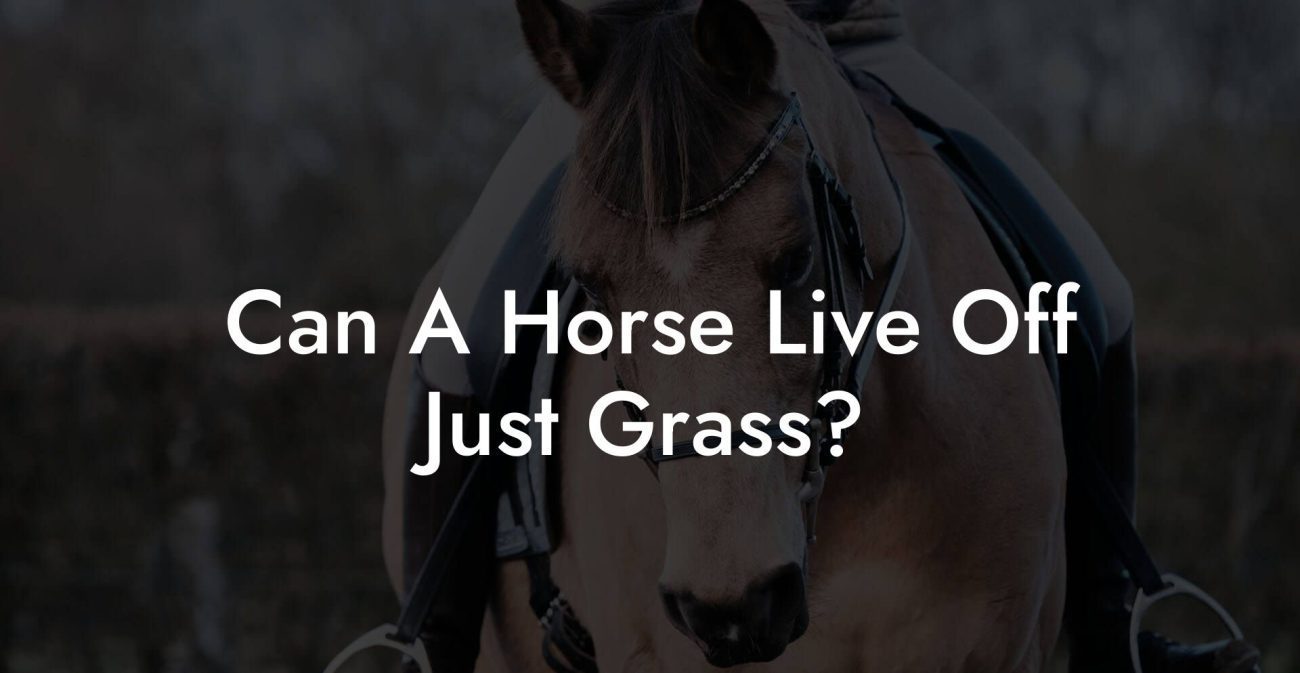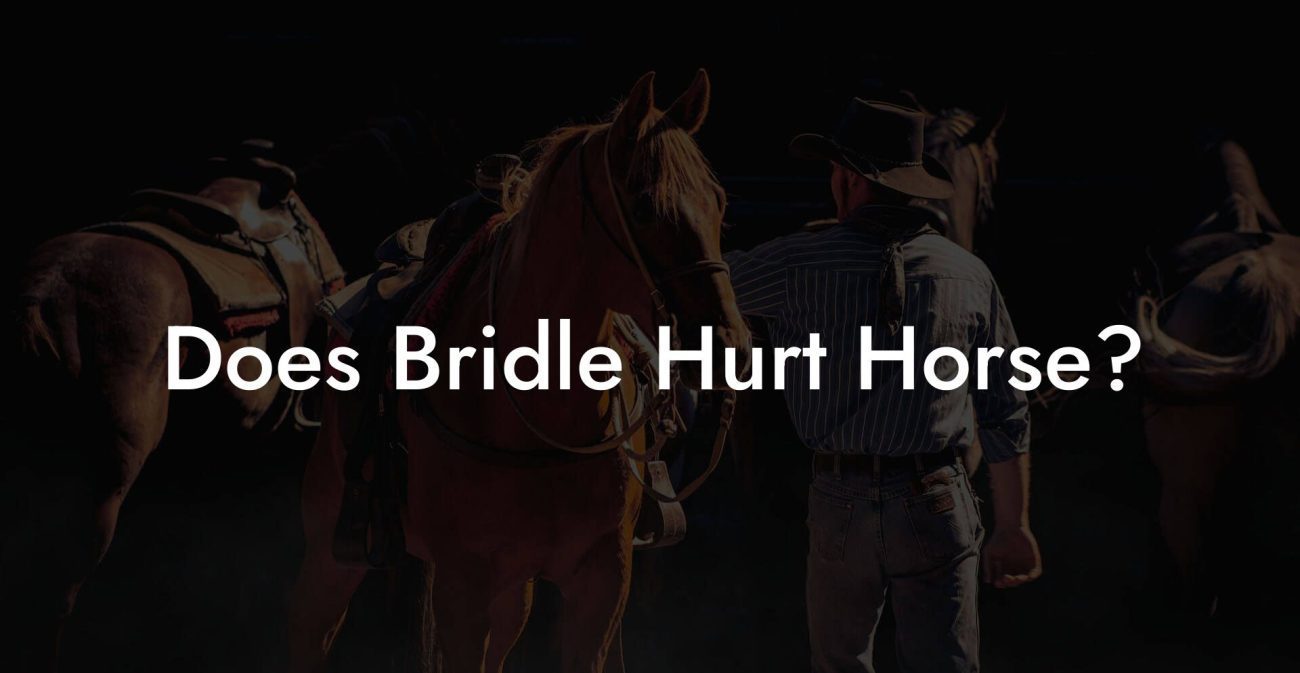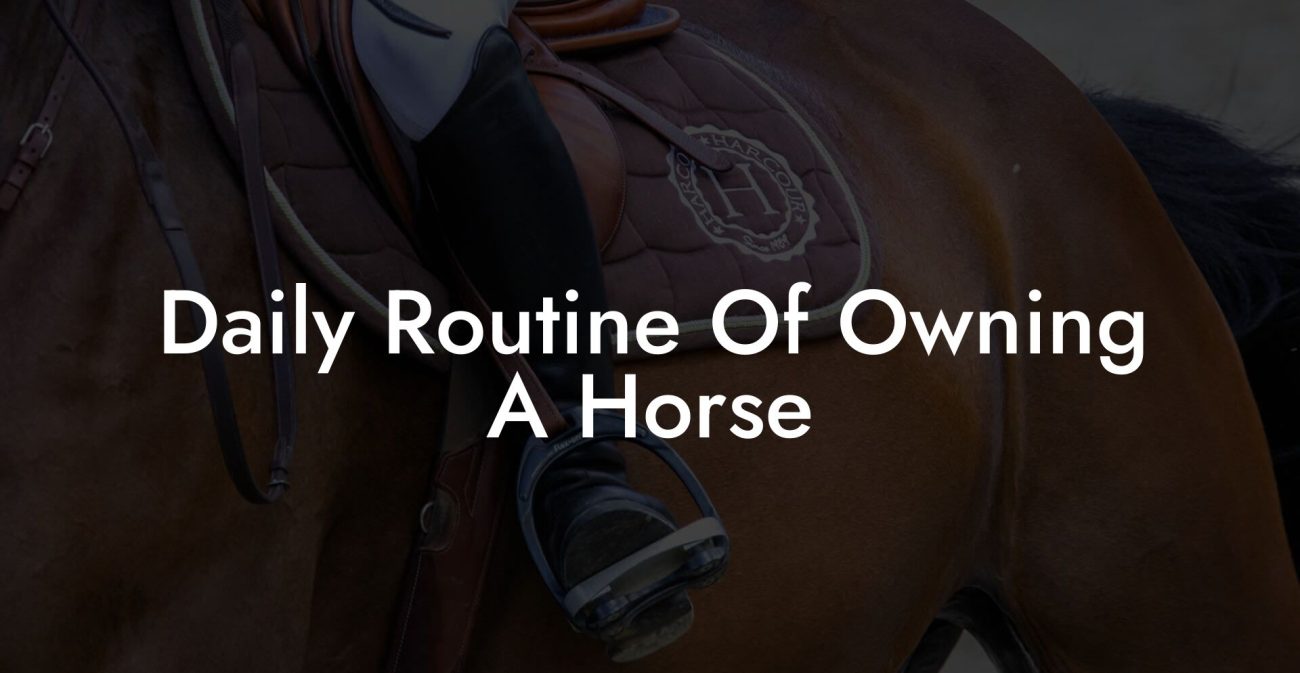Ever wondered what makes a horse’s tongue such a fascinating feat of equine anatomy? Brace yourself for an in-depth exploration into the surprisingly long, agile, and multifunctional appendage that plays a starring role in a horse’s daily life. From its impressive length to its unique functions in feeding, grooming, and communication, this comprehensive guide dives into every curious detail about the horse tongue. Whether you’re a seasoned equestrian or a newcomer passionate about horse care, get ready to uncover epic facts and quirky insights about the equine tongue that are as captivating as they are informative.
Quick Links to Useful Sections
- The Fascinating Anatomy of the Equine Tongue
- Why Do Horses Have Such Long Tongues?
- Equine Tongue vs. Other Animal Tongues: A Comparative Look
- The Role of the Horse Tongue in Feeding, Communication, and Grooming
- Unraveling Myths: Separating Fact from Fiction on Horse Tongue Length
- How the Horse Tongue Impacts Overall Equine Health and Care
- Navigating the Science: Research and Innovations in Equine Oral Health
- Tech-Savvy Horse Care: Integrating Digital Insights Into Equine Health
- Resources and Community Support: Your Next Steps in Equine Excellence
- Beyond the Basics: Integrating Holistic Health Practices Into Horse Care
- FAQs About Horse Tongue Length and Equine Health
- Your Journey Towards Equine Mastery and Optimal Horse Care
The Fascinating Anatomy of the Equine Tongue
When it comes to horse anatomy, few features are as intriguing as the tongue. Stretching up to 18 inches in length in some adult horses, the equine tongue isn’t just long, it’s an incredibly versatile tool. This muscular organ is designed for a variety of tasks, including manipulating food, vocalizing, and even aiding in the grooming process.
Unlike the stiffer tongues of some other animals, the horse tongue is exceptionally flexible and dexterous. Comprised mostly of muscle fibers wrapped in a rough, keratinized surface, it has evolved to handle the rigors of a herbivorous diet. The tiny, taste-bud-laden papillae on its surface provide crucial feedback while grazing, ensuring that horses select the best, most nutritious morsels from their environment.
Besides its impressive size, the tongue’s architecture reveals a fascinating mix of agility and strength. It features multiple layers of muscle fibers that work in concert, making it possible for a horse to move food around in its mouth and push it back towards the esophagus with remarkable efficiency. This finely tuned system is a prime example of evolution meeting functionality, a true testament to nature’s artistry.
In the realm of equine science, experts often marvel at how the tongue’s design not only supports the animal’s dietary needs but also protects its oral cavity from potential injury. Its rough texture plays a partial role in cleaning the teeth as the horse chews, proving that every component of this elongated marvel has a purpose.
Why Do Horses Have Such Long Tongues?
The length of a horse’s tongue isn’t merely a quirk of evolution; it’s a purposeful adaptation developed over millennia. In the wild, horses spend countless hours grazing, and a long, agile tongue means an efficient ability to forage across vast meadows and scrublands. The extended reach allows them to snag tender shoots and leaves from uneven terrain that shorter-tongued herbivores simply couldn’t.
Additionally, the horse tongue plays a crucial role in hydration. When it comes to drinking, the maneuverability of the tongue aids in regulating water intake, and yes, even slurping up water in a way that’s uniquely equine. This clever organ helps ensure that the liquid can be drawn efficiently into the mouth, an essential function especially in arid climates where every drop counts.
Beyond feeding and drinking, the tongue is an essential social tool when horses engage in mutual grooming (allogrooming) or even in cheeky displays during play. The inherent flexibility of the tongue ensures that horses can remove pesky insects from their hide, an action that not only keeps them comfortable but also builds social bonds within the herd.
Ultimately, the evolution of a long tongue has provided horses with a survival advantage, boosting their ability to forage effectively, maintain hydration, and enjoy a higher quality of life overall. This anatomical wonder is a key piece in the puzzle of what makes horses such resilient and adaptable animals.
Equine Tongue vs. Other Animal Tongues: A Comparative Look
When comparing the equine tongue to its counterparts in other animals, the differences are both striking and educational. For instance, while a cat’s tongue might be famous for its sandpaper texture, ideal for grooming fur, the sheer length and muscle structure of a horse’s tongue serves a vastly different purpose.
In reptiles like snakes, the tongue is a sensory tool used to “taste” the environment through chemical cues. In contrast, the horse tongue is tailored for ingesting vast quantities of fibrous material and for mechanical manipulation of food. While some primates enjoy a nimble tongue to grab objects or groom themselves meticulously, the horse tongue’s bulk and strength are all about efficiency in bulk feeding.
Interestingly, the equine tongue has more in common with that of ruminants, like cows and sheep, which also rely on extensive tongue mobility to manage their food. However, while ruminants use their tongues mainly for gathering and holding feed before the rumination process, horses continuously use their tongue to optimize the eating process, mouthing, chewing, and even tasting the quality of forage.
This comparative analysis not only underlines the evolutionary diversities across species but also enhances our understanding of how specialized the equine tongue truly is within the context of animal physiology.
The Role of the Horse Tongue in Feeding, Communication, and Grooming
The tongue is like the Swiss Army knife of equine tools, it performs a multitude of duties with impressive precision. At the forefront of its functions is its role in feeding. When a horse grazes, the tongue plays an essential part in wrapping around strands of grass, pulling them into the mouth, and mixing them with saliva to begin the digestive process. This is crucial for breaking down the fibrous content of their diet.
In addition to grabbing food, the equine tongue serves as an important instrument for communication. Horses often express their mood through subtle movements or even flicks of their tongue. A quick lick might signal contentment, while an extended flick can be a sign of mild irritation or a desire to assert dominance. Understanding these cues can help horse owners and caregivers better interpret the emotional states of their equine friends.
Grooming is another critical domain where the long horse tongue shines. Allogrooming, when horses groom each other, is a social behavior that reinforces bonds in the herd. Using their tongues, horses can reach delicate areas and remove dirt, insects, or tangled manes with ease. It’s a behavior that speaks volumes about the importance of tactile interaction in equine communities.
Clearly, the multipurpose nature of the horse tongue is a key component in maintaining not only physical health but also social cohesion and communication within the herd. This versatility is one of the many reasons why equine anatomy continues to fascinate veterinarians and horse enthusiasts alike.
Unraveling Myths: Separating Fact from Fiction on Horse Tongue Length
Over the years, numerous myths have emerged around the incredible length and capabilities of the horse tongue. Let’s debunk a few common misconceptions:
-
Myth: Horses use their tongues to grasp objects like a hand.
Fact: Although incredibly flexible and dexterous, the horse tongue is not structured for intricate grasping. Instead, its primary function is to efficiently gather and manipulate forage. -
Myth: A longer tongue means a horse is more aggressive.
Fact: Tongue length has no correlation with temperament. Instead, it’s purely an adaptation for more effective feeding and hydration. -
Myth: The rough texture of the tongue is a defect.
Fact: The rough, keratinized surface is vital for cleaning the teeth and for helping to grip food, ensuring that every bite is as efficient as possible. -
Myth: Horses use their tongues for intricate vocal communications.
Fact: While vocalization in horses is an important communication tool, the tongue primarily aids in modulating sounds rather than forming complex words or phrases.
Dispelling these myths helps us appreciate the horse tongue for what it truly is, a marvel of natural engineering, finely tuned for a life of grazing, drinking, and social interaction.
How the Horse Tongue Impacts Overall Equine Health and Care
Taking care of a horse involves paying attention to every aspect of their health, and the tongue is no exception. A healthy tongue is a good indicator of a well-cared-for horse. In equine veterinary examinations, observing the tongue’s color, moisture, and movement can reveal crucial information about the animal’s hydration status, circulatory health, and even signs of systemic illness.
Regular dental care is integral to maintaining a horse’s oral health. Overgrown or misaligned teeth can make eating painful and less efficient. Since the tongue works tirelessly during the chewing process, any underlying dental issues might lead to abnormal tongue movements or even reluctance to eat. For horse owners, ensuring timely dental checkups is as important as monitoring the condition of the tongue.
Additionally, the tongue can be an early indicator of nutritional deficiencies. A pale or dry tongue might signal dehydration or a lack of essential nutrients in the diet. On the flip side, a vibrant, well-moistened tongue typically points to a balanced and well-hydrated horse. These subtle signs can guide owners to adjust feeding regimens, ensuring that each horse gets the right mix of forage, grains, vitamins, and water.
As equine care evolves to integrate more holistic practices, experts are increasingly emphasizing the importance of regular oral examinations. Routine checks not only help in diagnosing dental issues but also support early intervention strategies for overall equine health.
Navigating the Science: Research and Innovations in Equine Oral Health
The scientific study of equine oral anatomy is a booming field, with researchers continuously uncovering new insights into how the tongue and related structures contribute to a horse’s well-being. Advanced imaging techniques and biomechanical studies have allowed scientists to measure the exact dimensions of the horse tongue, confirm its impressive range of motion, and even correlate its condition with overall health metrics.
Innovations in veterinary care, such as high-definition endoscopic examinations, have transformed the way equine dental and oral health issues are diagnosed and managed. These technological advancements not only pave the way for more effective treatments but also help in early detection of potential problems before they escalate into serious conditions.
Researchers are also exploring the genetic factors responsible for tongue length and strength in horses. Understanding these genetic determinants could someday lead to the development of breeding programs that prioritize better oral health, improved feeding efficiency, and overall enhanced quality of life for these majestic animals.
With ongoing interdisciplinary studies combining veterinary science, genetics, and nutritional research, the future of equine oral health looks promising. These advancements are paving the way for a comprehensive approach to horse care, one that embraces cutting-edge technology while respecting the natural brilliance of equine biology.
Tech-Savvy Horse Care: Integrating Digital Insights Into Equine Health
In today’s digital age, managing your horse’s health has never been easier or more high-tech. Wearable devices, health-tracking apps, and even smart feeding systems are becoming invaluable tools for modern horse enthusiasts. These digital innovations are slowly revolutionizing traditional horse care, offering real-time insights into everything from grazing habits and water intake to behavioral changes that might indicate oral discomfort.
For instance, some cutting-edge apps allow you to log observations on your horse’s tongue condition, including color changes, moisture levels, and feeding behavior. By correlating this data with overall health trends, you can catch early signs of dental issues or nutritional gaps and address them quickly.
Beyond oral care, digital innovations extend to tracking physical activity, social interactions, and even stress levels through biometric sensors. Embracing these high-tech solutions not only improves the efficiency of routine care but also ensures that your equine friend receives the tailored attention they deserve.
The integration of technology with traditional equine health practices represents a fusion of modern innovation with time-honored care techniques, a combination that truly resonates with today’s Gen-Z and millennial horse enthusiasts.
Resources and Community Support: Your Next Steps in Equine Excellence
Equine care is as much about community as it is about individual practices. Whether you’re a new horse owner or you’ve been in the saddle for years, connecting with others can be a game-changer. From online forums to local equestrian clubs, there are countless ways to exchange tips, share success stories, and even learn about innovative care techniques that might include digital health tracking.
Here are some actionable steps to level up your horse care game:
- Join Online Communities: Platforms like Reddit, specialized Facebook groups, and dedicated equine forums offer a treasure trove of advice and shared experiences about horse care and equine health.
- Consult Your Veterinarian: Regular checkups with a trusted veterinarian ensure that your horse’s dental and overall health are monitored and maintained by professionals who know their stuff.
- Attend Workshops and Seminars: Look for local equestrian events or online webinars where experts discuss the latest innovations in equine health, including advanced oral care techniques and digital health monitoring tools.
- Stay Informed: Follow reputable equine health blogs, subscribe to newsletters, and check out online courses that dive deeper into topics like horse anatomy, nutrition, and grooming.
- Share Your Journey: Whether it’s through social media or local meet-ups, sharing your own experiences and learning from others can turn routine horse care into an engaging and inspiring community effort.
By tapping into available resources and leaning on a supportive community, you’re not just improving your horse’s life, you’re enhancing your own journey as a dedicated caretaker. Embrace these opportunities to learn, share, and grow in your passion for equine excellence.
Beyond the Basics: Integrating Holistic Health Practices Into Horse Care
Beyond the measurable aspects of anatomy and technology lies the art of holistic horse care. This approach considers every aspect of your horse’s life, from diet and exercise to emotional well-being and environmental enrichment. When it comes to caring for the equine tongue and overall oral health, a holistic perspective can make a world of difference.
Consider integrating these holistic practices:
- Meditative Grooming: Turn grooming sessions into a mindful ritual. The calming strokes and gentle attention not only keep the coat and mane in top condition but also boost the horse’s mood, an often-overlooked element in overall health.
- Tailored Nutrition Plans: Work with a nutritionist who specializes in equine diets to develop a plan that respects your horse’s digestive sensitivities while ensuring vibrant oral health. A well-balanced diet directly impacts saliva production and the general cleanliness of the mouth.
- Natural Supplementation: Explore herbal supplements and natural remedies that support dental health. Carefully researched supplements can help maintain gum tissue and support the natural repair processes within the mouth.
- Stress Reduction Techniques: Remember that horses are social and emotional beings. Simple routines, like scheduled pasture time or quiet bonding moments away from the daily hustle, can greatly reduce stress, which in turn has significant positive effects on overall health, including oral wellness.
Integrating holistic health practices into everyday horse care ensures a more balanced approach to well-being. By addressing not only the physical but also the emotional and nutritional needs of your horse, you pave the way for a happier, healthier life.
This comprehensive approach is not only beneficial for the equine tongue but also sets the stage for overall equine vitality. After all, a thriving horse is one that enjoys both the rigors of life on the range and the comfort of well-rounded, mindful care.
FAQs About Horse Tongue Length and Equine Health
Below are some frequently asked questions that unravel the mysteries of equine tongue length and overall horse care:
1. How long is a typical horse’s tongue?
A healthy adult horse’s tongue can reach up to 18 inches in length. However, the exact measurement can vary based on factors like breed, age, and overall health.
2. What is the main function of the horse tongue?
The horse tongue is a multi-functional tool used for gathering and manipulating food, aiding in gulping water, and even playing a role in social grooming and subtle communication within the herd.
3. How does the tongue affect a horse’s overall health?
Observations of the tongue, its color, moisture, and movement, can offer early warnings about hydration levels, potential nutritional deficiencies, or oral health issues. Regular veterinary checkups that include oral examinations are essential for maintaining your horse’s well-being.
4. Can a horse’s tongue indicate dental problems?
Yes, abnormalities in tongue appearance or movement can often point to underlying dental issues. Routine dental care and prompt veterinary attention can help address these issues before they become severe.
5. What role does nutrition play in maintaining a healthy horse tongue?
A well-balanced diet rich in essential nutrients supports saliva production and overall oral tissue health, which in turn ensures that the tongue and other components of the oral cavity remain vibrant and effective.
6. How often should I have my horse’s mouth examined?
Regular dental examinations at least once or twice a year, combined with vigilant daily observation of eating and drinking habits, are recommended. This helps catch any potential issues early on.
7. Are there any high-tech tools available to monitor equine oral health?
Absolutely. Today’s equine care often includes wearable devices, health tracking apps, and even specialized cameras that can help monitor changes in the horse’s oral condition in real time.
8. Can lifestyle adjustments improve the condition of my horse’s mouth?
Yes, integrating holistic practices such as stress reduction, natural supplementation, and mindful grooming can have a positive impact on overall oral health, including tongue condition.
9. How do I differentiate between normal tongue behavior and signs of a problem?
Normal tongue behavior includes regular movement while eating, a consistent color, and adequate moisture. Any prolonged changes, such as dull color, persistent swelling, or reluctance to eat, should prompt a veterinary consultation.
10. Where can I find more information on equine health innovation?
Plenty of reliable resources are available online: equine veterinary associations, dedicated horse care blogs, and digital communities are excellent starting points for the latest research and trends in horse care.
Your Journey Towards Equine Mastery and Optimal Horse Care
Understanding the complexities of the horse tongue opens up a whole new perspective on equine care. Far from being a mere curiosity, the tongue is a crucial indicator of overall health, a key player in effective feeding and hydration, and an integral tool for social communication among horses.
Embracing this knowledge enriches not only your understanding of equine anatomy but also your daily approach to horse care. By integrating modern digital tools, holistic practices, and regular veterinary guidance, you are poised to maximize your horse’s well-being. Every mindful grooming session, every tailored dietary adjustment, and every moment spent learning enriches your journey as a passionate caretaker.
The road to equine mastery is filled with fascinating discoveries, continual learning, and shared community support. Let the marvel of the horse tongue inspire you to delve deeper into the rich tapestry of equine anatomy and health. Whether it’s optimizing nutrition, harnessing digital insights, or simply marveling at the natural wonders of your equine companion, every step you take adds to a legacy of advanced, empathetic, and innovative horse care.
Embark on your journey with curiosity, passion, and the determination to provide the best life possible for your horse. After all, understanding the incredible nuances of your animal’s body is the first step to becoming the ultimate horse care guru.
Your adventure into the world of equine excellence begins here, armed with knowledge, supported by community, and propelled by the thrill of discovery. Enjoy every moment, learn continuously, and celebrate the fascinating facets of equine life that unite us all.

